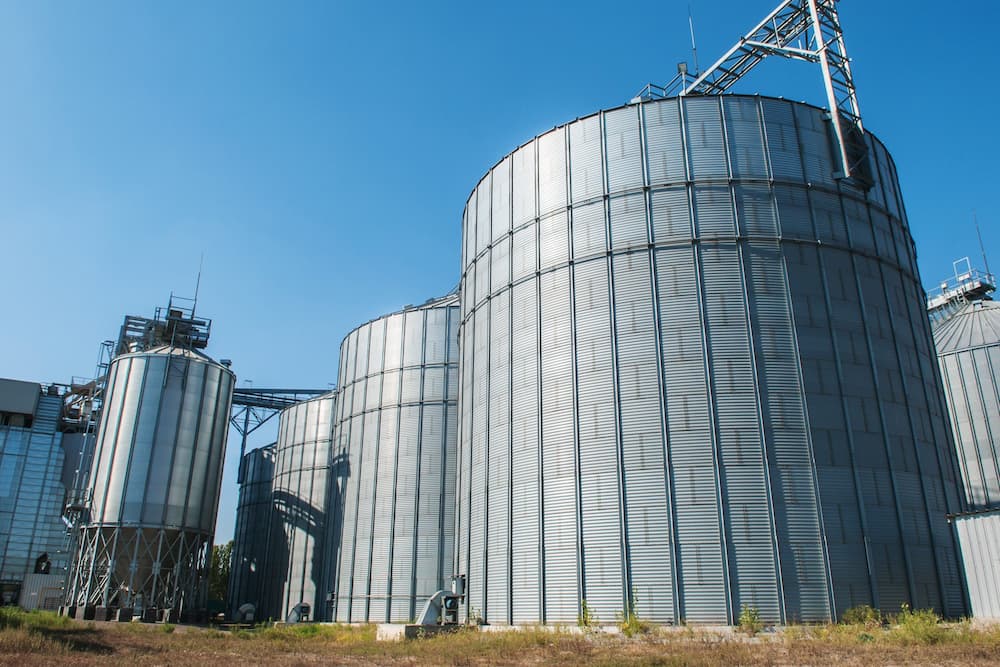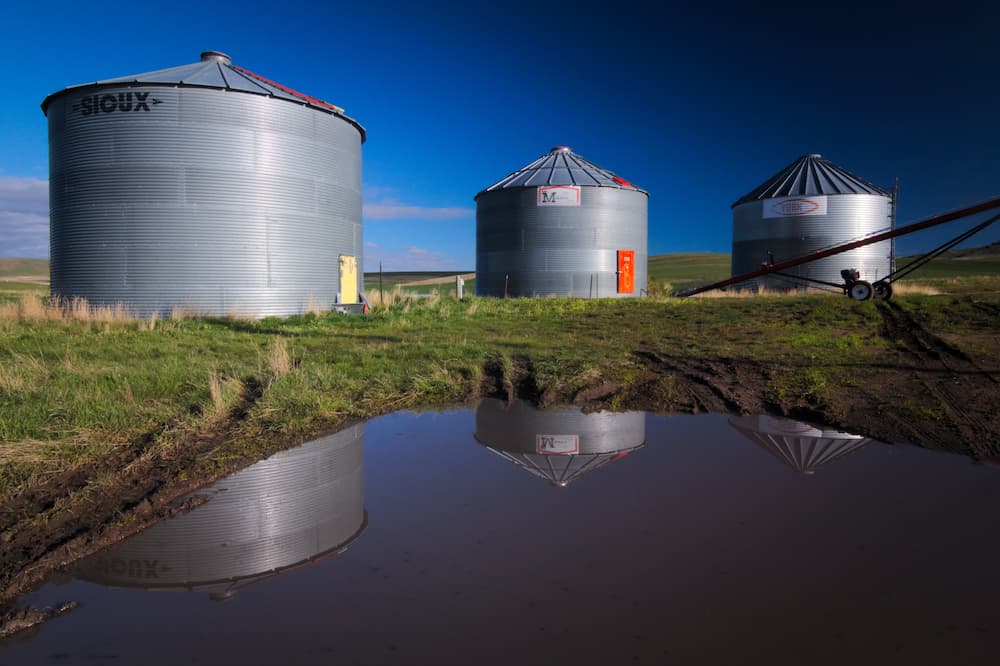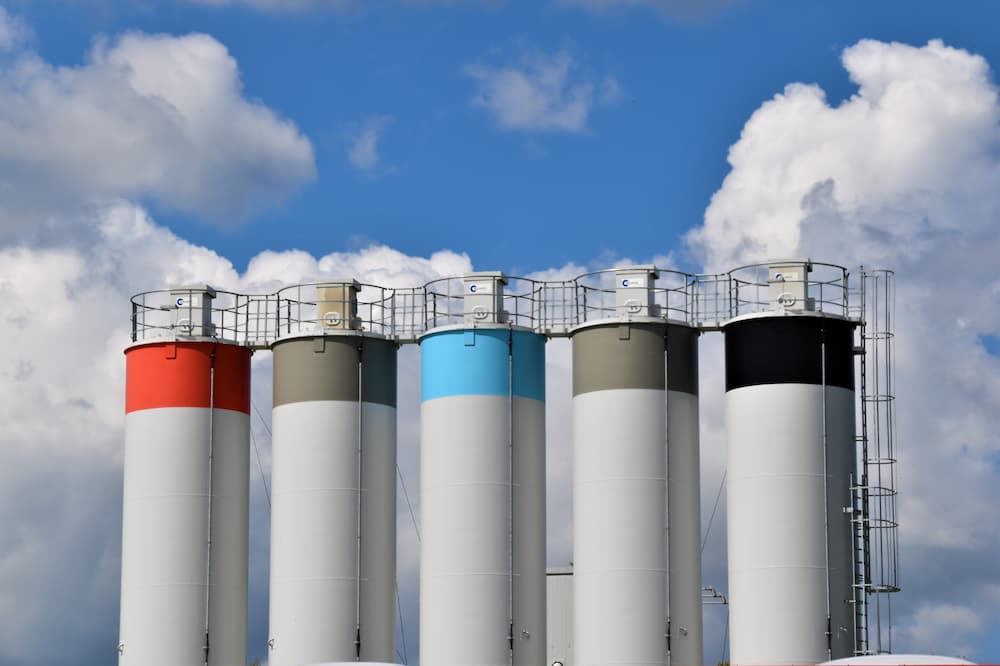What Is A Bulk Material Handling System
Handling tonnes of bulk materials can be a difficult task, and lots of planning must go into it to make the process streamlined and efficient. An effective bulk handling system will speed up the transport of your bulk materials, saving you time and money.
At Croston Engineering, we’ve got decades of experience handling bulk materials and can help you out every step of the way.
Keep reading to find out what a bulk material handling system is, the various steps of the process, and what equipment is typically used.
What Is a Bulk Material Handling System?
You need a planned system in place in order to transport bulk materials on a quick and constant basis. The materials are received from either ships, trains, or trucks, and then unloaded to a storage facility or a site, most commonly using conveyor systems.
The bulk materials will be deposited into a stockpile, and can then be retrieved by the stockpile using equipment such as automatic reclaimers or reclaim tunnel hoppers and feeders. Once reclaimed from the stockpile, the materials will then be transported for processing at a facility.
It’s important that your bulk material handling system is tailored to your environment and your requirements, which is where we come in. At Croston Engineering, we have plenty of experience in this area and can offer our services from start to finish.
Belt Conveyors
Belt conveyors are one of the most used pieces of equipment in bulk material handling.
Different conveyors such as screw or chain conveyors can be used, but belt conveyors tend to be the most effective as they’re designed for the continuous transport of bulk materials, which reduces manpower, time, and money.
Belt conveyors consist of a system of belts and pulleys that work together to get the bulk materials moving. The belt wraps around a pulley located either end of the conveyor.
A pulley is connected to a drive unit which gets the materials moving. There can be more than one pulley depending on your requirements. The length of a conveyor also depends on your requirements - it can vary from a few meters to tens of miles.
Belt Conveyor Maintenance
The belt is one of the key components of a belt conveyor, and one of the most expensive. Unfortunately, belts tend to be exposed to impact, corrosion, and elongation, so it’s important to work with a belt that can withstand damage.
The belt contains the materials being conveyed and transmits the force to move the load.
Regular maintenance is necessary to keep the belt conveyor functioning quickly and efficiently. If poorly designed, the system can easily become frail and break under harsh conditions.
Some components of a conveyor belt have a short life even well maintained properly - for example, rolling element breakings can only function well for a few months, so it’s important to get your system serviced on a regular basis so any flawed components can be fixed or replaced.
The belt should also be cleaned using the appropriate equipment to increase the lifetime of the system as well as for safety reasons. The feed and discharge points should be a cleaning priority to increase the longevity of other components such as rollers and idlers.
Belt Conveyor Design
There’s a lot to consider when designing a belt conveyor. Not only does the system need to withstand the amount of weight you expect to be moving, but other factors such as dust presence and corrosion need to be considered.
Superior seals should always be used for bearings and other components otherwise damage is likely to occur. All components should be correctly designed to fit your needs, and if designed correctly, your bulk materials will be transported with no problems for years.
With a standard conveyor design, a direct-coupled motor gearbox or a parallel-shaft drive supplies the power which operates the drum. Some designs use a motorized drum, where an electric motor, bearings, and a gear unit form a complete drive unit inside the pulley drum shell.
This powers the belt directly and keeps the drum protected from external forces. Motorized drums can have power of up to 150kw, but this varies depending on your expected load weight.
The components used in a belt conveyor should be lightweight and compact, but this can make servicing the components more difficult.
Reclaimer Machines
Once the bulk material has been transported from the ship or truck and transported to the site (usually using a belt conveyor system), the bulk is usually placed in stockpiles and then reclaimed when needed.
Stacker and reclaimer machines are used to speed up the stacking and reclaiming process, which reduces costs as well as manpower.
A boom conveyor is used to reclaim the bulk materials from stockpiles and feed the materials to silos, bags, and other storage apparatus.
A common method of reclaiming is bucket wheels or rail tracks. Bucket-wheel mechanisms are usually powered by a motor of variable frequencies that can be adjusted by modifying the rotational speed of the bucket wheel.
Over-force protection units are used to prevent any overpowering accidents that can halt the entire process. The bucket mouth is designed using wear-resistance materials as it can experience severe damage over time.
Tungsten carbide tends to be used, as it’s a structurally rigid material that withstands wear and tear. The bucket teeth also experience wear, so rigid and strong ferromagnetic materials are used for this too.
The speed of reclaimer and stacker machines vary depending on the design and your requirements. The speeds for standard operations can vary from 5 to 12 metres per minute, but this can increase to 30 metres per minute for larger machines.
The faster the machine, the more unstable the process, so a low speed is encouraged unless higher power is needed. At Croston Engineering, we can help you determine which design and speeds will work best for your process.



